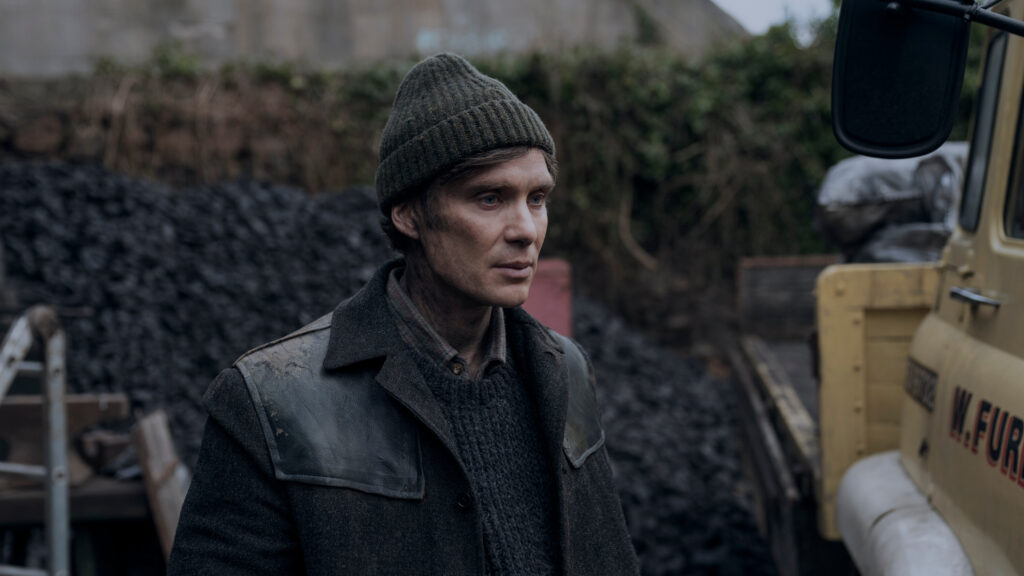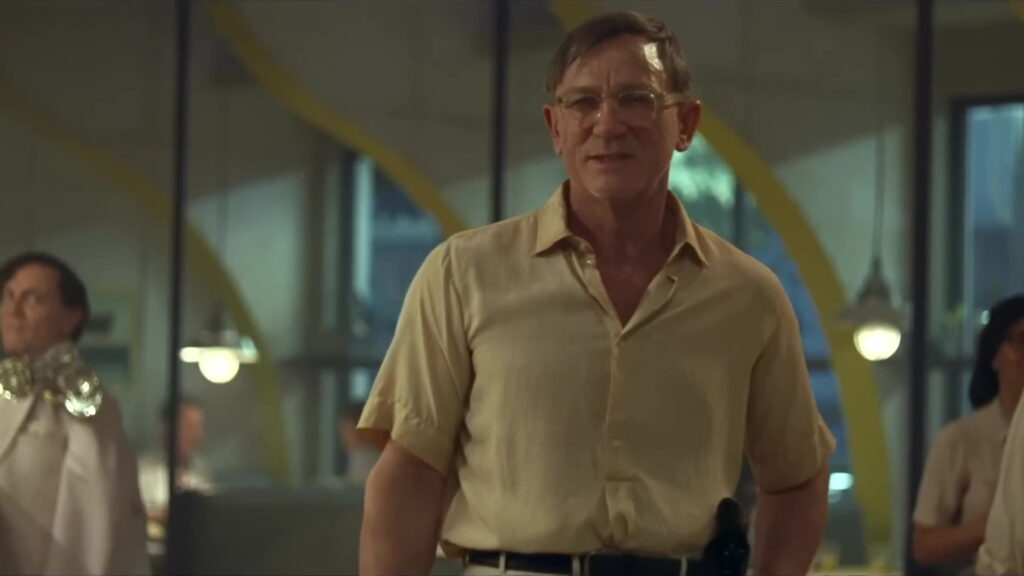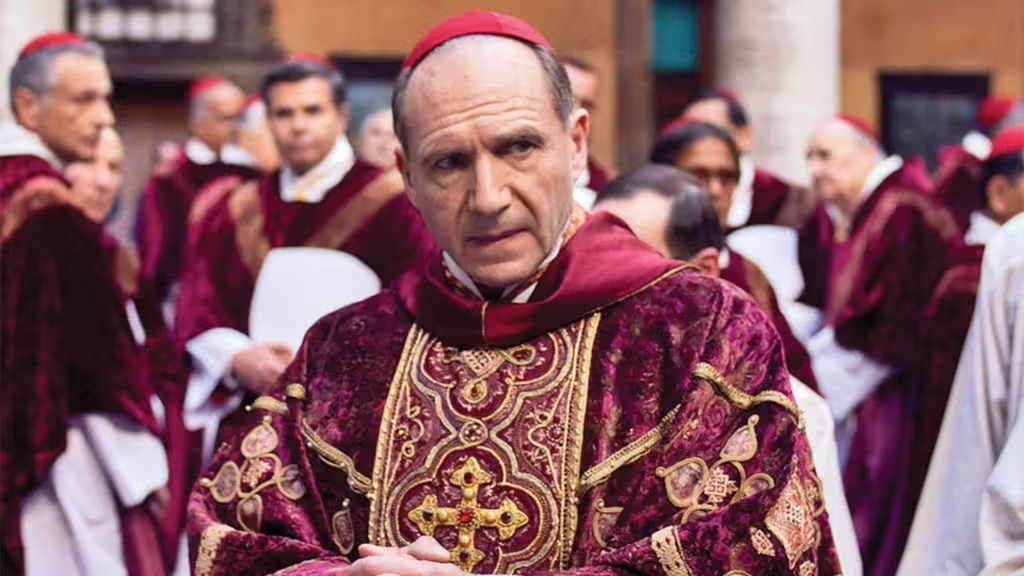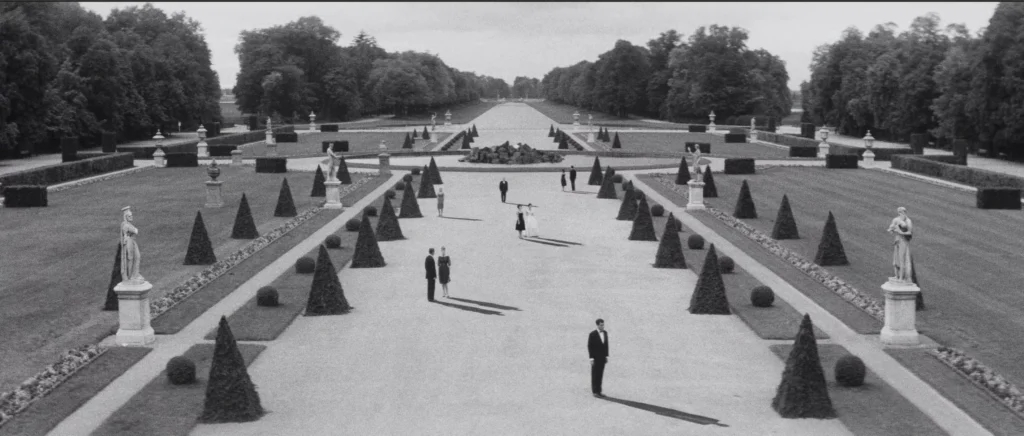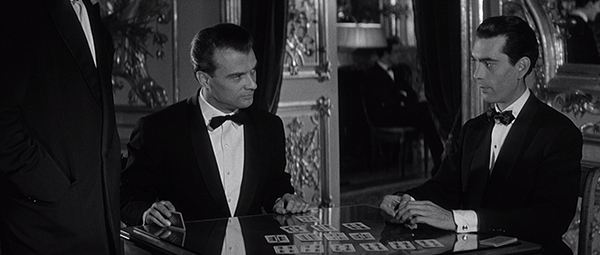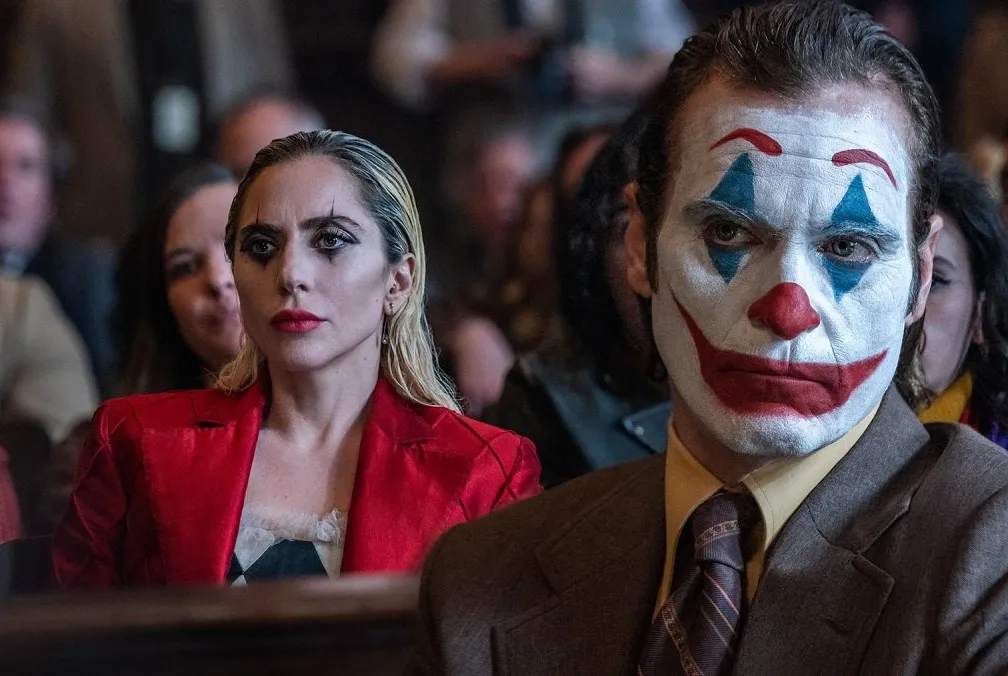‘Small Things Like These’ review: Murphy shines in a subtly unsettling drama
Written by Ian Thomas Malone, Posted in Blog, Movie Reviews, Pop Culture
History is full of horrifying events that beg the simple question, how did anyone let this happen? Storytelling helps unpack the complexities. Heinous injustice doesn’t merely operate in the shadows, but often in plain sight. Plenty of communities would rather sweep things under the rug than dare to disrupt the status quo.
The film Small Things Like These centers its narrative around the Magdalene Laundries that operated in Ireland for most of the 20th century. The Magdalene Laundries functioned as asylums for unwed pregnant women, where women were forced to work as indentured servants under inhuman conditions. The Laundries were highly secretive, preying on vulnerable populations to meet their labor demands.
Bill Furlong (Cillian Murphy) is a hardworking coal merchant working in the small town of New Ross in the 1980s, raising five daughters with his wife Eileen (Eileen Walsh). While delivering coal to the local convent, Bill finds a young pregnant girl Sarah (Zara Devlin) who was locked in a shed overnight in the freezing cold. Bill’s effort to get to the bottom of why a young girl would be kept outside to freeze offered no reassurances, as Sister Mary (Emily Watson), Mother superior of the convent, resorts to bribery in the obvious cover-up.
Director Tim Mielants opts for a no-frills approach to his carefully constructed slow burn. Bill doesn’t say much, but Murphy speaks volumes with every facial expression. Occasional flashbacks to Bill’s childhood poverty provide the closest thing the film has to character development. For a man who spent his life trying to reveal as little as possible about himself to his community, Murphy paints an entire portrait of Bill through his eyes alone across the 98-minute runtime.
Enda Murphy’s screenplay possesses ample room for silence, following the lead of Claire Keegan’s sparse novella of the same name that provided the source material. In cases of abuse, it’s often what people don’t say that really matters. The panopticon of Sister Mary’s empire leaves little space for the voice of a single dissenter.
Mielants’ work cares little for the theatrics of filmmaking, giving great dignity to the horrors he depicts through his refusal to bend toward sensationalism. The only entertainment value to be found in Small Things Like These comes from the masterclass in subtlety that Murphy puts on for the duration of the narrative. It’s not an easy watch, but there’s ample grace to be found in the way he earnestly presents his material.
One of humanity’s great tests is the way we respond to injustice that doesn’t directly affect ourselves. Looking the other way is easy, especially when the oppressor has a tantalizing reward for those willing to play by their rules. Doing the right thing rarely pays off in the same way. Small Things Like These is a powerful reminder of the quiet evil all around us.





